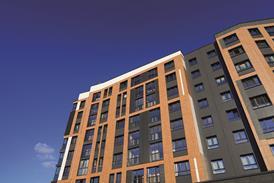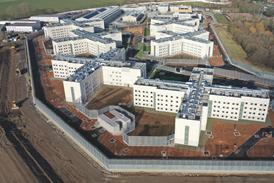The site earmarked by West Stevenage Consortium is split between two councils, and if North Hertfordshire council rejects the proposals for the construction of 5000 homes, the scheme would be called in by the DTLR.
North Hertfordshire, within whose boundary 60% of the project falls, has a record of opposition to the scheme.
The council's development manager John Ironside said that although the council had not yet made a decision on the application, "the crunch" would come if other, more suitable, space could be found elsewhere within the county.
Ironside said: "The site is a very attractive rural area. There has been vociferous opposition, both politically and locally."
The rest of the scheme comes within the boundary of Stevenage council, which has supported the development. Identical planning applications were sent to both councils.
If agreement cannot be reached, Stephen Byers, secretary of state at the DTLR, will use his calling-in power to scrutinise the scheme.
The West Stevenage Consortium, which includes housebuilders Taylor Woodrow, Redrow, Hubert Leach, Wilson Connolly and architect Barton Willmore, argued that the project would meet PPG3 planning guidance, despite bringing nearly 300 ha of green belt into development.
Hertfordshire's local structure plan aims to identify space for 65,000 new homes across the county by 2011. The consortium argues that the project is a "planned extension" to Stevenage, and is the most sustainable way of meeting the aims of this plan.
Peter Lilley, the former Conservative Party deputy leader and local MP, is among the development's political opponents. Local campaigners have formed a group called the Campaign Against Stevenage Expansion.
Last week, the consortium lost a legal challenge to North Hertfordshire's decision to withdraw its local plan, which supported the development of up to 10,000 homes at west Stevenage. The implementation of the plan would have made opposition to the scheme unlikely.
A consortium spokesperson made it clear that the decision did not affect its plans: "The case was about process not principle – the decision most certainly does not affect the principle of the strategic allocation, which has been approved at structural level."
Barton Willmore senior partner Gareth Capner conceded that the withdrawal of the local plan would cause an "undoubted delay" to the project.
The consortium hopes to begin the construction phase of the scheme by 2004, and plans a second phase to include a further 5000 homes.























